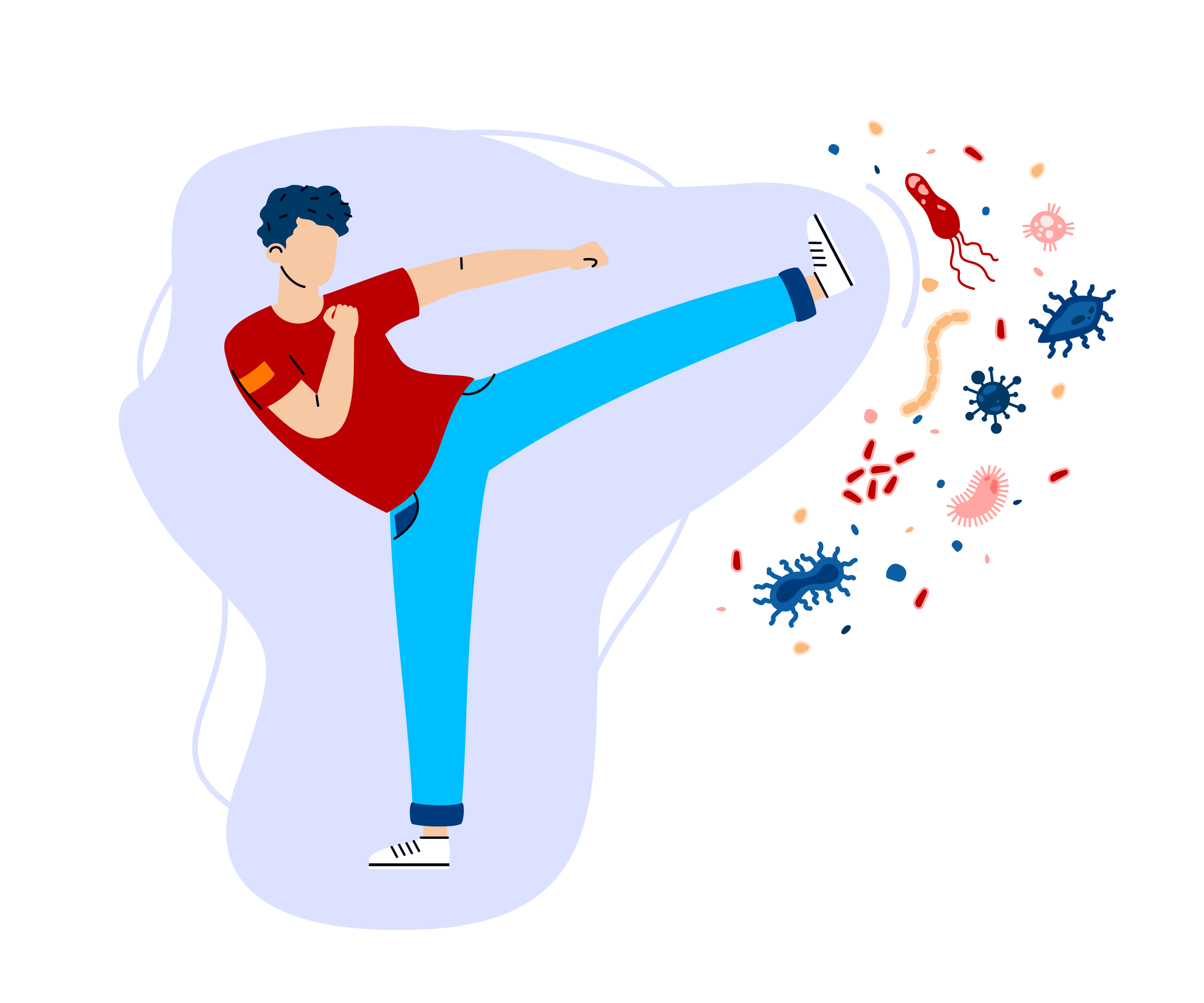
Gout has been an issue for human beings for thousands of years. In fact, it was one of the first diseases to be recognized in humans by the early Egyptians in 2640 BC. Hippocrates referred to it as ‘the unwalkable disease’ in his studies and astutely noticed that many prominent ancient Greeks, who lived a relatively unbridled lifestyle, were affected by it. Gout was so named for the first time by a monk named Randolphus de Bocking in the 11th or 12th century.
Throughout history, gout was a disease that typically hindered royals, nobility and other wealthy people and was referred to as ‘the king’s disease’ because rich, indulgent foods, that only the very rich were able to buy, were assumed to be what brought it on.
Nowadays, medical professionals know that gout flare-ups can be brought on by a number of causations. Yes, certain foods can increase the likelihood of gout, but also other pre-existing medical conditions, genetic factors, medications and lifestyle choices can also cause gout.
So, what exactly is gout, what are its symptoms, and can it be treated?
What is Gout?
What you may not know is that gout is actually only one of several forms of arthritis.
The word ‘arthritis’ comes from the adjoining Greek word for joint (arthro) with the suffix -itis, meaning inflammation, although not all forms of arthritis cause inflammation. Gout, however, is an inflammatory form. It typically affects the big toe, but can also cause swelling and pain in other joints including the ankles and wrists, feet and hands, and knees and elbows.
The main contributor to gout is a chemical called uric acid. Uric acid is a chemical your body produces when it breaks down substances called purines. Purines are made in your body but are also found in some foods and beverages. Uric acid is acutely sensitive to temperatures, and when it cools enough it crystalizes. When uric acid crystallizes between joints, the results are pain and swelling of the affected joint.
Men, who naturally tend to have higher amounts of uric acid, are more prone to developing gout than women, although once a woman reaches menopause she is more susceptible to gout because she starts to produce higher amounts of uric acid.
So, why does gout typically affect the big toe, of all places? It’s mainly due to the temperature sensitivity of uric acid. Your feet are typically one of the first areas of your body to cool down since they’re furthest from your heart, so the uric acid that’s stored there will crystalize and lead to a gout flare-up in your big toe.

What Causes Gout?
As previously mentioned, gout is caused by the crystallization of uric acid. Most of the uric acid your body produces is flushed out of your system by your kidneys and leaves the body via the urethra when you pee. If, however, you consume a diet high in purines, your body may produce too much uric acid for your kidneys to handle. Some foods that contain high levels of purines include:
- Red meat
- Other forms of animal protein, especially organ or game meat (like bison, elk or venison)
- Alcohol
- Sugary beverages like fruit juice and soft drinks
- Fish with high amounts of purines like mackerel, sardines, scallops and anchovies
When your body has chronic high amounts of uric acid it leads to a condition known as hyperuricemia. While many who live with hyperuricemia do not get gout, it is a leading pre-condition to gout as well as kidney stones. Some are more susceptible to developing gout than others. Certain risk factors for developing gout are obesity, congestive heart failure, diabetes and hypertension. If you take diuretics, that also increases the likelihood of developing gout.
You may also be more at risk if you have a family history of gout. A DNA test from Circle DNA can tell you whether or not you have the genetic markers that indicate you may be more likely to develop gout.
Signs and Symptoms of Gout
If you have any of the previously mentioned conditions, have a family history of gout, or regularly consume foods with high traces of purines, it’s important to know what signs and symptoms to watch out for.
You are likely to only notice the symptoms of gout during a flare-up, or ‘gout attack’. These typically go away on their own and can last between one to two weeks.
The most common symptoms are
- Redness around the affected area.
- Pain and sensitivity to touch. Wearing shoes is extremely painful, and even the lightest touch from socks or bed sheets might cause intense pain.
- Swelling.
- You may feel like the affected joint is often stiff or warm.
You may experience a gout flare-up frequently or months or even years apart. When gout goes untreated, those affected may have flare-ups more often, worsening each time.
What’s more, some people experience gout throughout different joints. For instance, just because you had gout in your toe last time doesn’t mean gout will never affect your ankle.

How Do Doctors Test for Gout?
Gout comes on quickly, with symptoms worsening in severity quite rapidly, usually in less than 24 hours. Upon the onset of symptoms, it’s important to visit your family doctor as soon as possible to rule out any other conditions, such as a bone break, an infection in the joint or even a skin infection.
At the initial appointment, your doctor will examine the area to check for swelling and assess your response to pain. They will likely ask you several questions about your symptoms, such as when they began, how severe they are and how rapidly they got worse. A panel of blood work may be ordered as well as an x-ray, and fluid might be extracted from the joint. Lab technicians will test the fluid for uric acid crystals as well as bacteria.
It’s also likely that you will be referred to a rheumatologist, a physician who specializes in the diagnosis and treatment of joint disorders.
How is Gout Treated, and Can it be Cured?
Even if your symptoms are not debilitating, it’s important not to ignore gout. If left untreated, gout can get much worse as time goes on. Not only that, the high levels of uric acid that cause gout can also contribute to other, more serious health conditions like kidney stones, heart disease or permanent joint damage.
As long as there are high levels of uric acid in your body, you are at risk for a gout flare-up. The best way to treat gout is to eliminate or significantly reduce the factors that contribute to its onset. That might mean abstaining from certain foods that contain high levels of purines until your levels of uric acid are lowered, exercising regularly to maintain a healthy weight and supporting your kidneys by drinking enough water to avoid dehydration.
Along with lifestyle changes, your doctor can prescribe medications to help bring your uric acid levels back down to normal.
During a gout attack, over-the-counter pain medication can be taken to relieve any discomfort. Icing the area can also help. Additionally, there are several medications that can provide relief from the symptoms of gout. NSAIDs and corticosteroids can significantly reduce pain and swelling.
Gout can be caused by a combination of genetic and environmental factors. To find out which health conditions you might be at higher risk of due to your genetics, take a CircleDNA test and read your genetic health reports.






